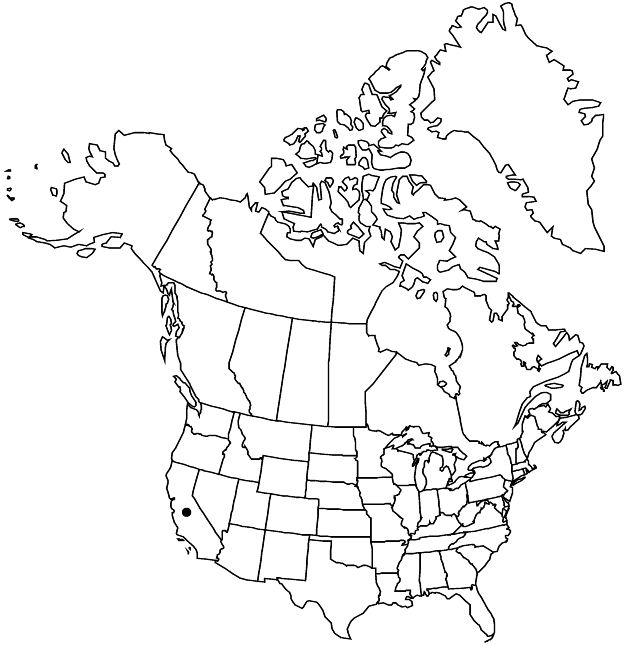Malacothamnus marrubioides
Leafl. Bot. Observ. Crit. 1: 208. 1906.
Subshrubs, 1–2 m, branches slender, indument tawny, moderately dense, often viscid, not shaggy, stellate hairs sessile or stalked, not bristly, few–many-armed, glandular hairs usually abundant. Leaf blades broadly ovate or suborbiculate, unlobed or 3- or 5-lobed, 3–6(–8) cm, surfaces: moderately to copiously hairy, hairs grayish to tawny, 10–30-armed, basal sinus open, not overlapping. Inflorescences usually short, interrupted, spicate to racemose, flower clusters sessile or short-pedunculate, glomerate to open, usually leafy; involucellar bractlets filiform, 5–13 × 1 mm, mostly 2/3 to equaling calyx length. Flowers: calyx angled or slightly winged in bud, 7–15 mm, lobes lanceolate, triangular, or ovate, 4.5–12 × 1.7–3(–4) mm, 2–3 times as long as wide, 2–3 times tube length, apex long-acuminate, densely stellate-hairy, hairs many-armed; petals pink, to 2 cm. Mericarps 2–3.2 mm. 2n = 34.
Phenology: Flowering Apr–Jun(–Aug).
Habitat: Chaparral, washes, hillsides
Elevation: 400–1100 m
Distribution

Calif., Mexico (Baja California).
Discussion
Malacothamnus marrubioides is reported from lower elevations of the Sierra Nevada, and is known otherwise from the Transverse Ranges of southern California and Coast Ranges of Baja California.
Selected References
None.